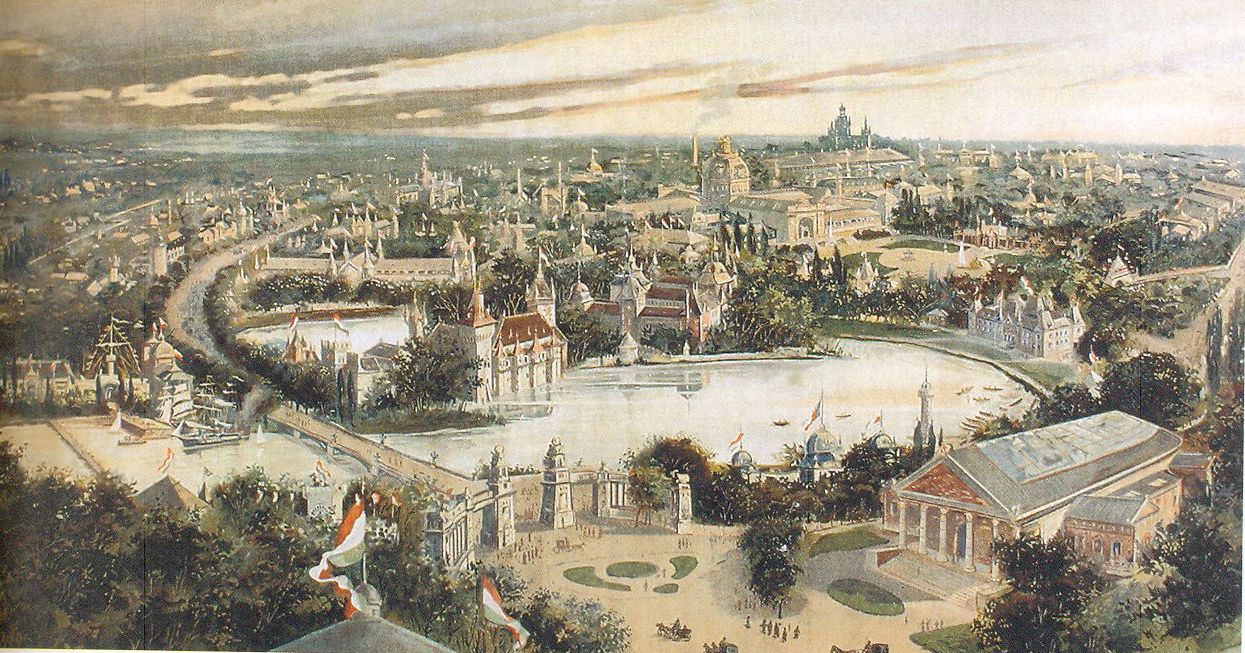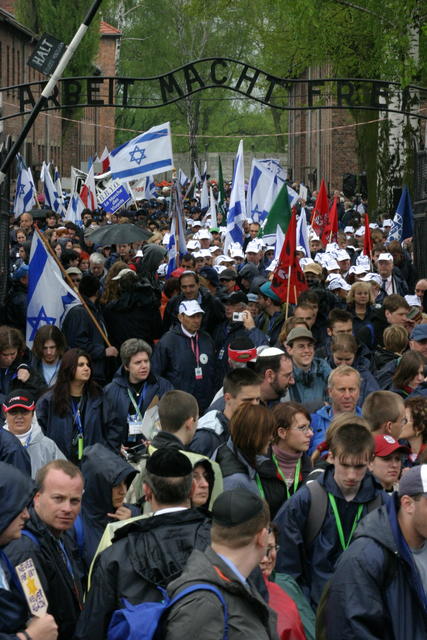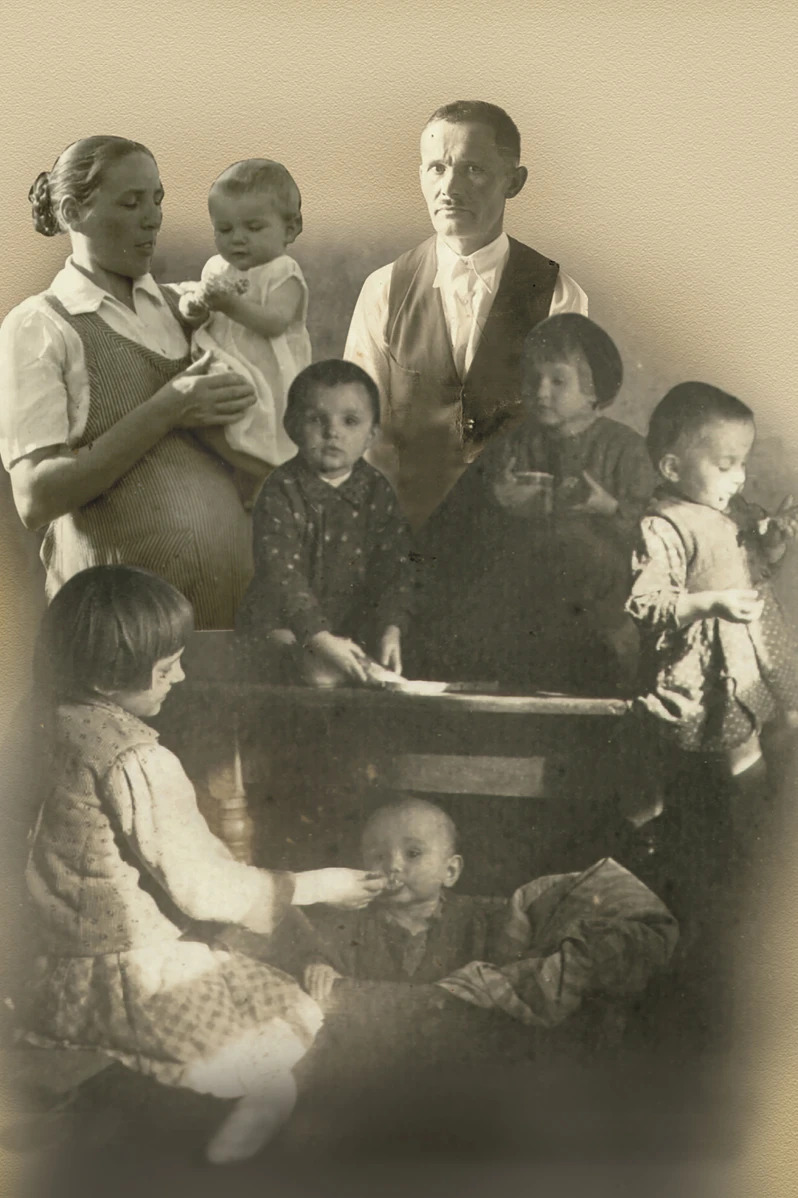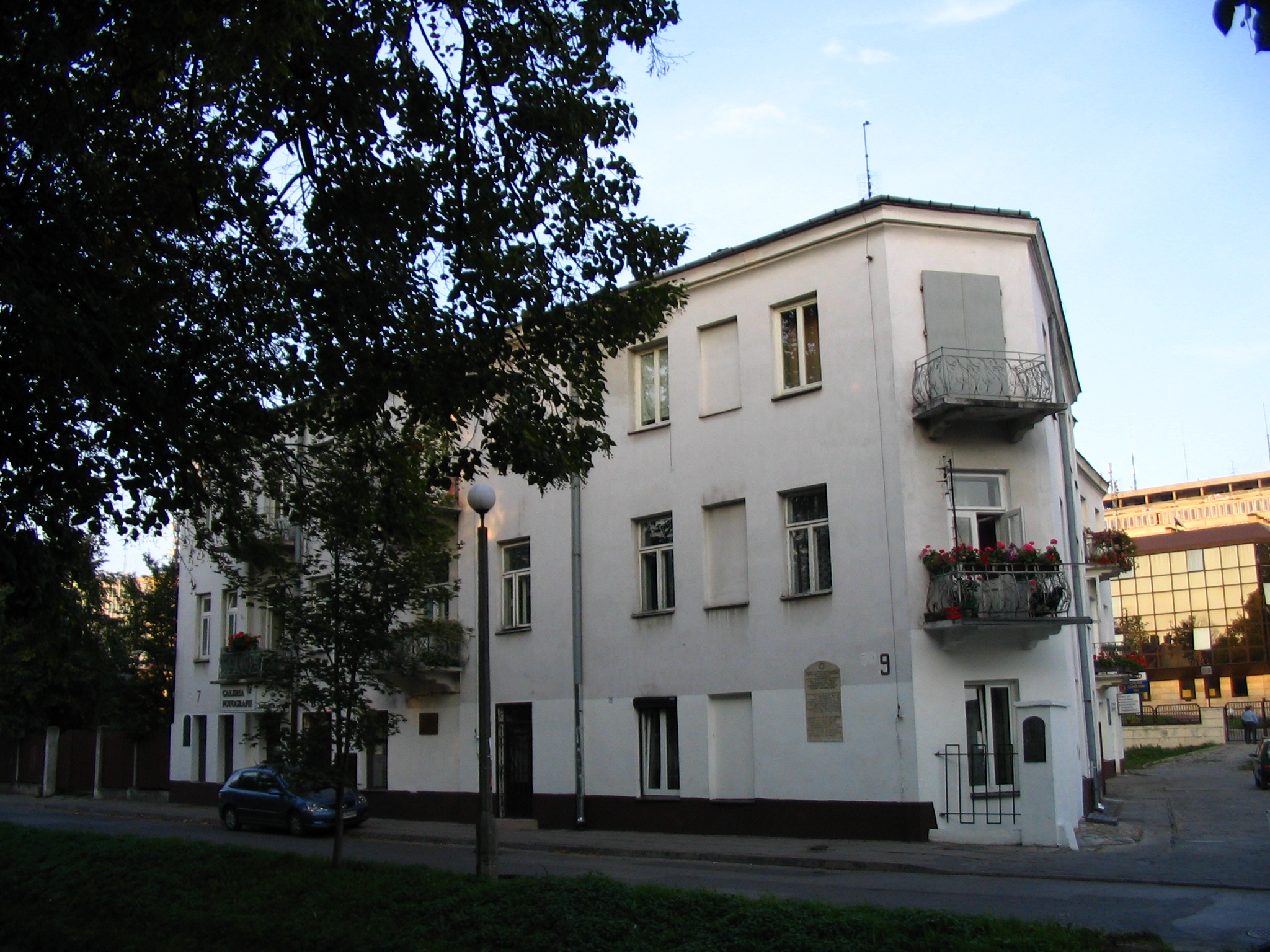1896 Millennial Exhibition – Budapest – Heroes Square
Fact of the Hungarian figure „Myth of the Hungarian land-taking – Ópusztaszer”
Part of the „The story of the beginning” topic
In 1896, Hungary celebrated the Millennium of the land-taking by hosting a national exhibition in Budapest (instead of a world’s fair due to economic reasons). Two large parades were organized, one in May for the opening ceremony and another in June for the coronation anniversary of Franz Joseph.
Several monuments were built all over the country, but the largest in Budapest, the Heroes’ Square, showcases the rulers of the thousand years from Árpád to the current emperor. The celebrations also involved receptions, balls, parades, performances, fireworks, and international congresses. Budapest has undergone infrastructure developments such as the construction of the Franz Joseph Bridge, the Grand Boulevard, the Danube Wharf, and the Andrássy Avenue with the first metro line under it.
The exhibition was held at the City Park. The Vajdahunyad Castle was built as a historical pavilion representing the past. The present was represented by pavilions of industrial companies, agricultural and industrial halls, and a village museum with 12 Hungarian and 12 minority-themed peasant houses. The future was represented by a model hospital, a village hall, a model of Budapest’s urban development, and a balloon. The celebrations drew a large number of visitors, estimated to be over 5 million.





